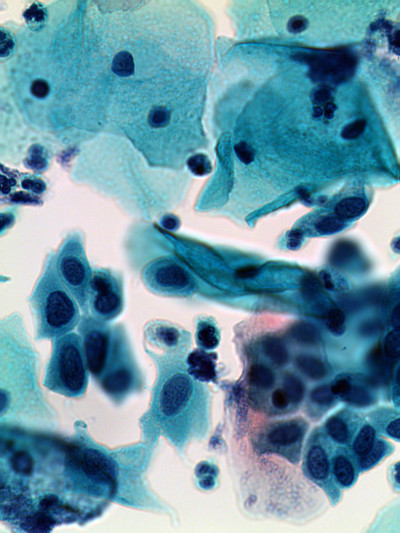Laboratory Services
Culture, Blood (Set 1, Set 2)
Print this pageUpdated Test Information:
| Test Description |
Culture, Blood (Set 1, Set 2)
|
|
|---|---|---|
| Synonym(s) |
Culture, Blood, Routine, Septic, Bacteremia, Fungemia |
|
| Test ID |
CULTBLD1, CULTBLD2
|
|
| Performing Lab |
Incyte Diagnostics |
|
| General Information |
Blood cultures detect microorganisms such as bacteria and yeast in the bloodstream. Useful to diagnosis or rule out bacteremia and fungemia. |
|
| Specimen Type |
Whole Blood |
|
| Specimen Requirements |
Blood Culture Bottle. One set of blood cultures includes an aerobic bottle and anaerobic bottle. For pediatric patients one pediatric bottle is one blood culture set. It is recommended to collect two blood culture sets from different draw sites (such as left and right arm) to diagnose most bloodstream infections. |
|
| Specimen Collection / Processing Instructions |
Strictly adhere to Microbiology Blood Culture Collection procedure for proper collection. Adult: collect 16 to 20 mL total of blood; add 8 to 10 mL to each bottle (aerobic and anaerobic). Pediatric: collect 1-3 mL total blood and put in one pediatric bottle. Do not add more than 10 mL of blood to either the aerobic or anaerobic bottles, or more than 3 mL of blood to a pediatric bottle. It is recommended to avoid drawing blood from a venous or arterial catheter, since these devices are often associated with higher contamination rates. The test request form must list current antibiotic therapy and any special organisms suspected or to rule out such as fungus, Brucella, or Francisella. Blood cultures should be drawn prior to initiation of antimicrobial therapy. |
|
| Minimum Sample Volume |
8-10 mls per bottle |
|
| Pediatric Min. Volume (if applicable) |
1-3 ml per one pediatric bottle |
|
| Additional Processing Details |
Strict aseptic technique is essential. Document date, time, and draw site on bottles. Document short draws, low volume, and insufficient number of bottles on requisition so the laboratory staff can process appropriately. |
|
| Stability |
Ambient: Preferred to arrive at the lab ASAP or <4 hours of collection. Will also accept <12 hours after collection. DO NOT REFRIGERATE. |
|
| Unacceptable Specimen Conditions |
Blood cultures that are received unlabeled or if the bottle is cracked or broken. |
|
| Limitations |
Low levels of organisms or fastdious organisms may not be detected in the incubation interval of the culture. A negative culture result does not necessarily rule out bacteremia; false-negative results occur when pathogens fail to grow. A positive culture result does not necessarily indicate bacteremia; false-positive results occur when contaminants grow. |
|
| Methodology |
Culture |
|
| Estimated TAT |
7 days |
|
| Testing Schedule |
Sunday-Saturday |
|
| CPT Code(s) |
87040 |
|
| Reference Range |
Any growth of microorganisms is a positive blood culture. No growth is a negative blood culture. |
|
| Reflex Conditions |
None |
|
| LOINC Code(s) |
Result 600-7, Source 31208-2 |
|
| Additional Information |
Identification and sensitivity is performed on all significant isolates and billed separately from the culture. |
